firebird
Full Member
Has anyone ever had experience digging up this kind of gravel before? I've been prospecting along a local creek that's closer by to me than the Merced river. Initially I thought it was a waste of time because there was barely any black sand along the creek's gravel, much less any gold but I did find enough flour sized pieces to keep me going. Eventually I noticed this tightly compacted gravel with rounded river rocks at the side of the creek bed and had a very hard time getting at the gravel without a pickaxe, it was almost like concrete. But in this small area here I found more flour sized gold than anywhere else along the creek and even found what's almost like a mininugget, the biggest individual piece of gold I've found so far.
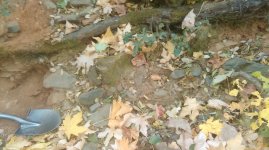
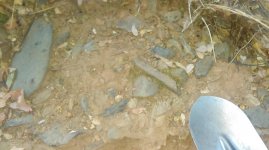
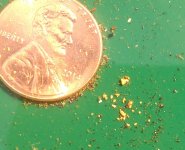
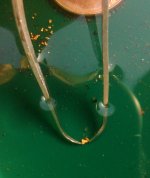
Also I'm finding large amounts of this weird flat rock. When it's dry it looks dull but when it's wet it looks pretty shiny, almost metallic. The edges are really soft and can be scratched with my fingernail, and it comes in different colors, some green-ish, silver or even bronze looking. What is it?
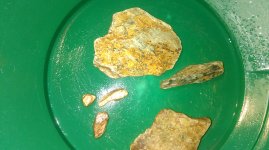




Also I'm finding large amounts of this weird flat rock. When it's dry it looks dull but when it's wet it looks pretty shiny, almost metallic. The edges are really soft and can be scratched with my fingernail, and it comes in different colors, some green-ish, silver or even bronze looking. What is it?

Amazon Forum Fav 👍
Last edited:
Upvote
0




